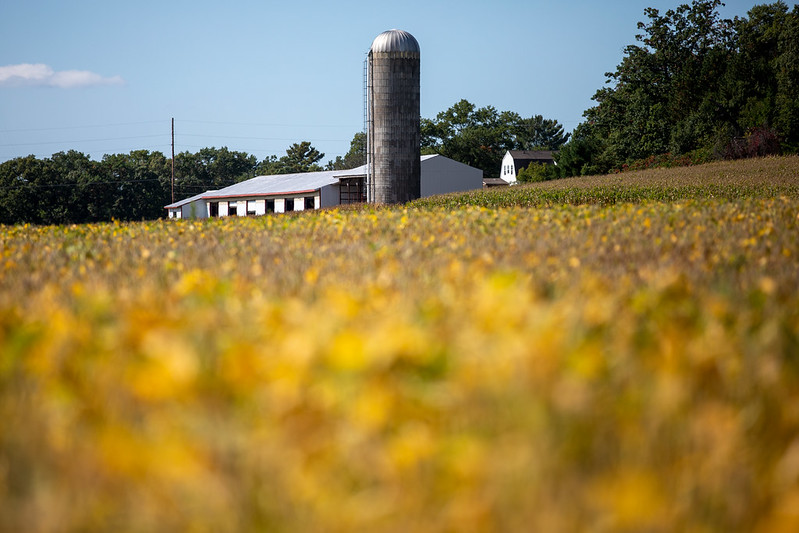
This article was written by Leigh Presley for the Kenosha News, the original article can be found here: https://www.kenoshanews.com/news/local/agriculture-outlook-amid-covid–outbreak/article_0c1a3104-64bd-5785-a4da-517bf6fcaab4.html
The first few months of the year have economists making lots of predictions. What will 2020 bring? How will trends, trade, and world events impact the economy?
The year’s outlook is extremely important for the agriculture industry, which is largely tied to the global economy. An eye toward the future can help farmers make the best possible plan for production and marketing.
The 2020 Wisconsin Agricultural Outlook Forum helped shed some light on the prospects of the agricultural industry this year.
Initial indicators show it may be better than 2019, a year most farmers would rather forget due to trade uncertainties and unfavorable weather conditions during planting and harvesting.
Highlights from the forum point to indicators of strength in some sectors and a mixed outlook in others.
Farm Income
Paul Mitchell, UW-Madison ag economist and director of the Renk Agribusiness Institute, indicated that 2020 input costs will likely hold steady or decline which would help farm income. The spread of COVID-19 is already causing a decline in fuel prices, which could be a blessing and a curse to farmers who grow corn and soybeans — crops are closely linked to energy markets due to their use in ethanol and biodiesel production.
Wisconsin land values are holding steady, which is a good sign for farm equity and balance sheets.
Loan delinquencies and farm bankruptcies in Wisconsin continue to be a top concern of agricultural lenders as they look ahead to 2020.
Dairy
Mark Stephenson, director of dairy policy analysis at UW-Madison, highlighted positive indicators for dairy in 2020, resulting from slowing U.S. and world milk production and lower dairy product stockpiles.
Grain and livestock
Brenda Boetel, professor and department chair of agricultural economics at UW-River Falls, highlighted positives for grain markets expected to result from the signing of the U.S./China Phase 1 trade agreement, in which China agreed to a purchase of $40 billion in U.S. agricultural goods. The extent to which COVID-19 will impact China’s ability to fulfill this commitment is yet to be seen.
The U.S. faces increasing competition from expanding agricultural production in other countries, including Brazil, which is producing record amounts of corn and soybeans.
African Swine Fever, which has decimated Chinese hog herds, is negatively impacting demand for U.S. soybean meal, which is used in pig feed. Decreased Chinese pork production has, however, bolstered demand for U.S. pork.
Beef exports are down, but strong overall from a historical perspective.
Hemp
Wisconsin is behind other states in the development of its hemp industry.
Barriers to growers include lack of hemp buyers, lack of labor and equipment, and trouble financing operations.
Industrial and CBD hemp prices will continue to fall in 2020 while input costs, including seeds and clones, likely won’t decrease much.
Wisconsin’s advantages in the hemp arena include our advanced food and beverage processing industry, which could support the development of food products containing hemp.
